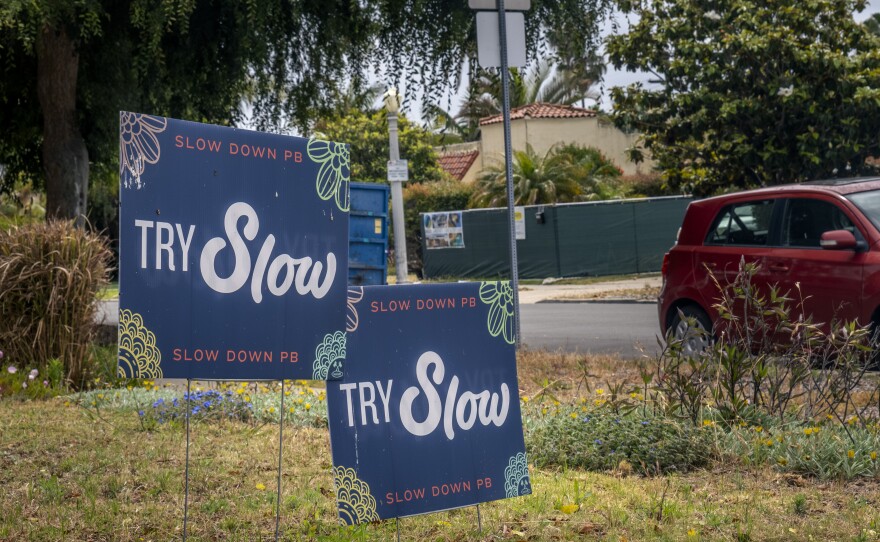While the South Bay remains the epicenter of San Diego County's coronavirus outbreak, cases increased most rapidly during the last half of June in other areas, most notably Pacific Beach, according to a KPBS analysis of case data.
As with many places throughout California, cases have surged across San Diego County since businesses began opening up in late May. The total number of cases in the county nearly doubled from about 7,500 at the end of May to 14,600 by the start of July.
ZIP codes in Chula Vista, National City and Southeast San Diego still have by far the highest number of cases in the county. But, during the last two weeks in June, the rates of increase in those areas were nowhere near as high as in Pacific Beach and several other ZIP codes.
On June 15, the Pacific Beach ZIP code of 92109 had 70 cases. By June 30, the number had jumped to 181 — a 159% increase. During that same period in Fallbrook, cases went from 40 to 104, a 160% increase. ZIP codes in Point Loma, Carmel Valley, Vista, Scripps Ranch and San Marcos also saw cases more than double.
Meanwhile, ZIP codes in Chula Vista, Otay Mesa and El Cajon have seen increases range between 20% and 50% during the same time period.
Eyal Oren, an epidemiologist at San Diego State University, urged caution in drawing any hard conclusions from the analysis, especially because the case numbers were so small in some areas. But, he said, the trends align with the news about outbreaks in bars and restaurants.
There have been 22 outbreaks in the last seven days, well above the seven outbreaks in seven days required to hit one of the county's triggers for corrective action. The majority of the outbreaks are at restaurants and bars, though the county will not give out more information about where the restaurants were or how many people caught COVID-19 at them.
In late May, shortly after restaurants were allowed to reopen, but at much lower capacities, social media pictures surfaced of one Pacific Beach bar, El Prez, being packed with people not wearing masks. Health officials promptly shut the bar down.
RELATED: San Diego County To Halt Indoor Restaurant Service As COVID Cases Reach 17,000
But that hasn’t stopped big crowds from gathering during recent weekends on the Pacific Beach boardwalk and beach, as well as in bars and eateries, with the July 4 weekend being no exception. Since June 30, another 38 cases were added to the ZIP code’s tally, bringing the overall total to 219.
Oren said the trend also aligns with the surge in cases among young people. Right now there are more cases in the county among people ages 20 to 29 than any other age group.
"We also know there's case elevation in younger individuals, as we've seen across California, and there's been some discussion around people not being as careful as they need to be since Memorial Day," he said. "Even young people need to continue to be socially distant, wearing face masks at all times, and practice proper sanitation."
Oren added that young people can get infected and then infect older people who are more vulnerable.
It's both the responsibility of businesses to make sure rules are followed and individuals visiting those businesses to keep themselves safe, he said.
"If places are not following practices that have been shown to minimize risk, that puts people at increased risk," Oren said. "People make their own decisions, but they need to be aware that they're putting themselves in a place where they can get infected."
While cases may not be increasing as rapidly in the South Bay, communities there are still being hit hard, said Dr. Jeannette Aldous, the clinical director for infectious disease at San Ysidro Health.
"Poverty, crowding, people not being able to shelter in place if they are double or tripled up in homes, people who have to work outside of the workplace," Aldous said. "Most people who have been working with under-served communities and are aware of structural inequalities and injustice could have told anybody that our communities were going to be harder hit by COVID."







